You have 0 product(s) in your cart.
Abyss Scuba Diving
Underwater Photography Tips In Sydney: Sharks To Seadragons
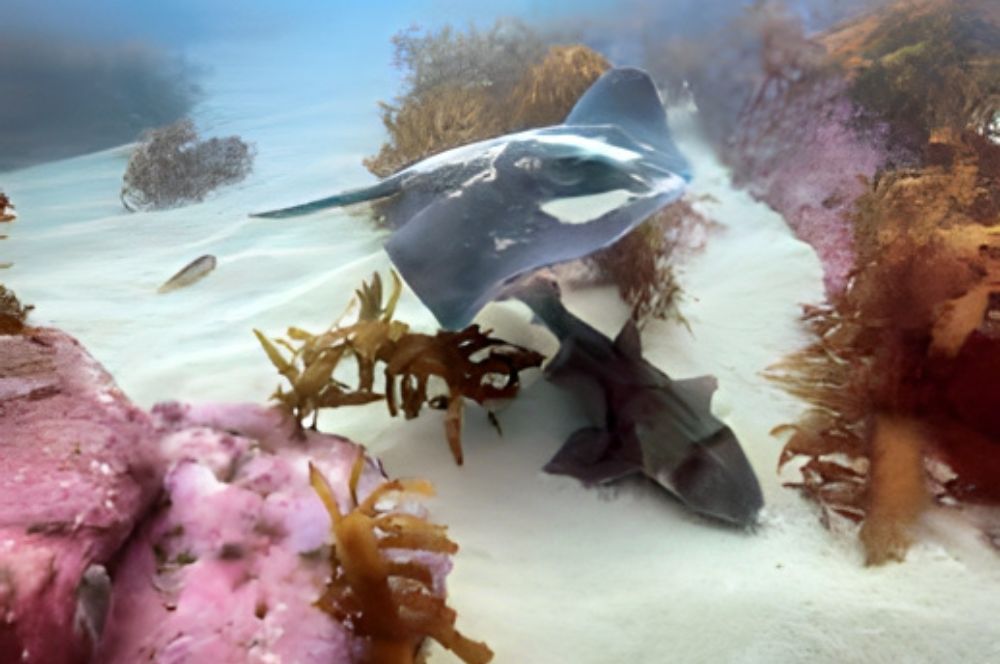
From Sharks to Seadragons: Tips and Tricks for Underwater Photography in Sydney's Dive Sites
Sydney's aquatic realm is a trove of captivating beauty and variety. Whether it be the vibrant weedy seadragons or mysterious grey nurse sharks, there are many chances to capture spectacular underwater photography! How can you make sure you get the best captures? What apparatus do you require? But more importantly, how can your photographs aid in protecting these marvellous species as well as their habitats?
Sydney's underwater world is a biodiverse paradise, attracting tourists and divers alike. Its unique combination of marine life, sponge gardens and other oceanic features make it an ideal subject for breathtaking underwater photography. In recent years, there has been an increase in the popularity of capturing stunning photos of Sydney's breathtaking marine wildlife, transforming amateur divers into underwater photographers.
Ready to explore the captivating depths of Sydney's underwater world? This blog post will guide you through everything necessary for successful underwater photography. We'll cover equipment, techniques, and tips so you can gain stunning shots of some incredible species in the area. Additionally, we want to highlight the importance of responsible underwater photography for conservation efforts—a cause close to our hearts. So don't wait – join us on this fantastic journey as we take a plunge into Sydney’s underworld!
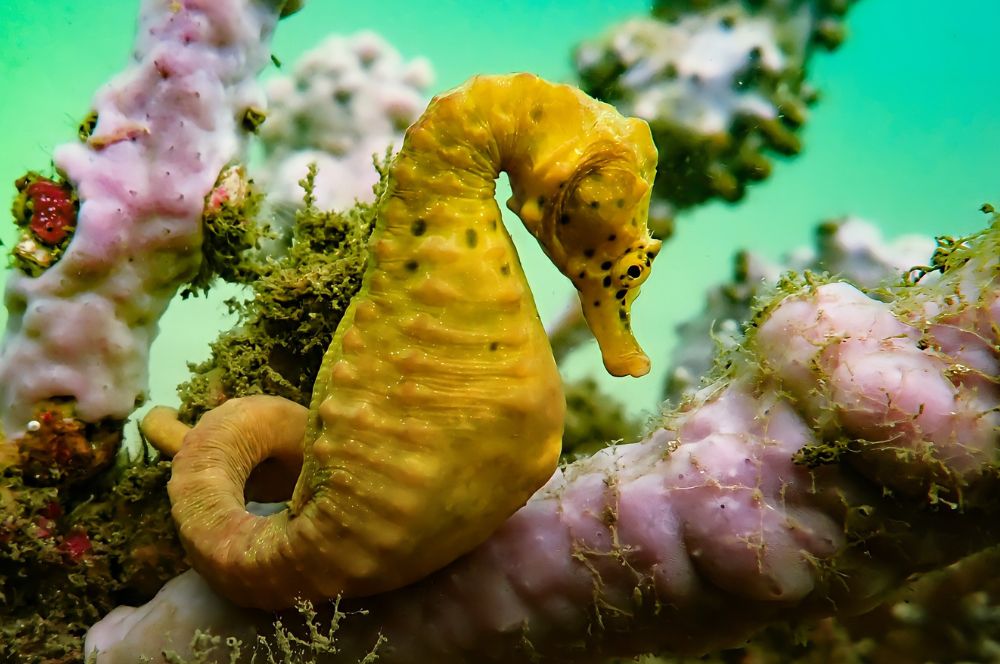
Equipment
When it comes to underwater photography, having the right equipment is crucial. In addition to a camera, you'll need an underwater housing to protect your camera from the water. You'll also need a lens that is suitable for underwater photography, such as a wide-angle or macro lens. Additionally, you'll need strobes or other lighting sources to help illuminate your subjects in the often-dark underwater environment.
It's also important to ensure your camera and housing are rated for the depth you'll be diving to. Finally, make sure you test the housing without a camera before risking your camera underwater.
The most important element of any dive is safety. It's vital that you make sure your equipment is functioning properly and that you understand the environment in which you'll be diving. Be aware of the risks associated with underwater photography; from strong currents to visibility issues, it pays to be informed prior to taking a plunge into Sydney’snderwater photography can be a challenging and rewarding experience. While taking great underwater photos with just about any waterproof camera is possible, investing in good-quality housing for your camera is essential. DSLR cameras are the preferred choice for serious underwater photographers as they offer greater flexibility and control over images. However, GoPro and other action cameras are becoming increasingly popular for underwater shooting. Action cameras often capture wide-angle shots of coral reefs or schools of fish due to their small size and wide-angle lenses.

Thanks to the introduction of waterproof housings, exploring the ocean's depths and capturing amazing photos and videos are now more achievable than ever! Creating beautiful images is no longer an unattainable feat with a built-in shutter button on this housing and powerful apps that can colour-correct your shots depending on depth. Underwater photography using smartphones has quickly become popular over recent years - who knows what's in store for us next?
Whichever type of camera you choose, it’s important to remember that certain principles still remain constant when taking photos underwater. Proper lighting is absolutely essential to get sharp and detailed shots – particularly when shooting close-up macro shots – so having strobes or other external light sources is recommended. Additionally, using slower shutter speeds will allow more ambient light into the shot, resulting in brighter colours and increased depth of field. Lastly, don’t forget the importance of respecting marine life when trying to get that perfect shot!
Techniques
Underwater photography presents unique challenges that are different from traditional photography. For example, the light behaves differently underwater, and the water can create distortions in your images. To overcome these challenges, you'll need to master certain techniques.
First, the composition is key. Try to get as close to your subject as possible, and use the rule of thirds to help you create a visually interesting image. Also, consider the background and foreground of your image and aim to incorporate natural elements such as coral or kelp to add depth and dimension to your image.
Lighting is another crucial aspect of underwater photography. Using a strobe or other lighting source can help illuminate your subject and bring out its natural colours. Try experimenting with different angles and intensities of light to create the perfect shot.
Finally, the focus is critical. When you're underwater, it can be difficult to see your subject clearly. Try using a small aperture and a fast shutter speed to ensure your images are in focus. You can also try using autofocus, but be aware that this can be less reliable underwater.
Explored the challenges of different types of underwater photography, including wide-angle and macro photography. Identified key principles required for optimal underwater shots, such as proper lighting and composition, use of strobes/lighting sources, and focus control. Developed an understanding of how light behaves under water to create more visually interesting images with vibrant colours.
Wildlife
Sydney's underwater realm is a breathtakingly beautiful aquatic habitat inhabited by an awe-inspiring abundance of marine wildlife. From the majestic grey nurse sharks and weedy seadragons to the never-ceasing seals at Martin Island, pygmy pipehorses, frogfish, wobbegongs and moray eels - this remarkable ecosystem features some truly iconic species! Not to mention octopuses for those seeking something a little more unusual!
Grey Nurse Sharks
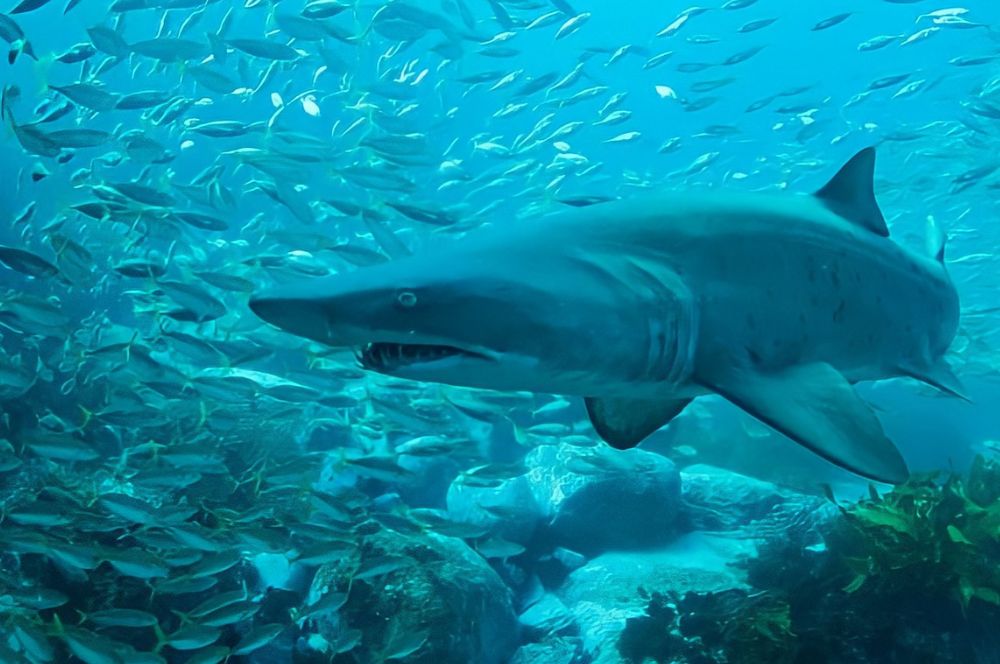
The iconic Grey Nurse Shark graces the waters of Sydney's Magic Point, and offers an amazing photographic chance to any underwater photographer. By merely having a bit of patience and luck, you can take some remarkable shots as these graceful creatures glide through their natural habitat! Magic Point is, without a doubt, the perfect spot for capturing this beautiful species in all its glory - with such abundant numbers that divers are spoilt for choice when it comes to spectacular sightings.
Grey nurse sharks are known for their welcoming, toothy grins and gentle nature around humans. To capture the perfect photo of these majestic creatures, approach them slowly while allowing enough space between you. Ensure your camera focuses on the details that make these animals special—their teeth or skin texture—to create an image that stands out from all others!
When photographing grey nurse sharks, it's important to remember that these creatures are wild animals and should be treated with respect. When approaching them, ensure you keep your distance and move slowly – sudden movements can startle them and cause them to swim away. It's also a good idea to remain low in the water to not appear too intimidating.
Utilizing natural light is essential to capture the majestic beauty of grey nurse sharks as they gracefully move through the water. Position yourself so sunlight hits your subject from behind or besides for maximum contrast and a breathtakingly vivid image. Also, using any flash photography or strobes when diving with these noble creatures in New South Wales should be avoided at all costs since it can cause immense distress to them.
When taking photos of these majestic creatures, try to focus on their unique features, such as their teeth or skin patterns. This can help bring out the character of each individual shark and create a more visually stunning image. Lastly, remember always to be aware of your surroundings when photographing underwater wildlife – you never know what could be lurking around the corner!
Weedy seadragons
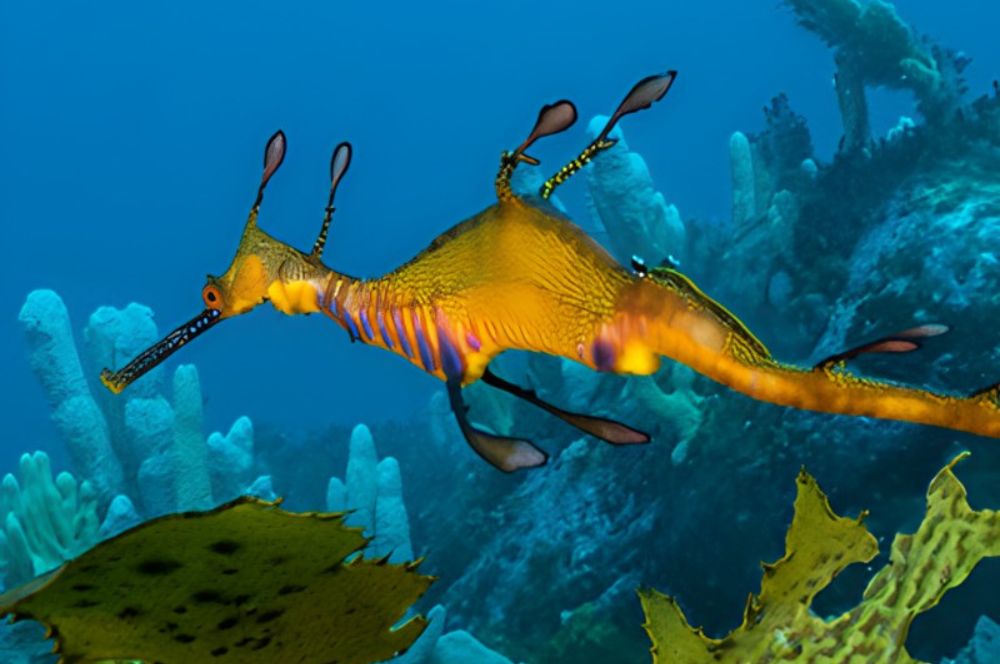
Sydney's underwater world is home to the mesmerizingly beautiful weedy seadragon. Their vibrant hues, coupled with their resemblance to seaweed, have earned them a unique name. If you are looking for an ideal spot for photographing these extraordinary creatures, Kurnell Peninsula headland near Cook's landing place will not disappoint!
To photograph weedy seadragons, focus on their unique features, such as their bright colours and flowing fins. Be patient and wait for them to move gracefully through the water for the perfect shot.
When photographing weedy seadragons, it's important to remember that they are delicate creatures. Be sure to approach them slowly and carefully so as not to disturb them or cause them any harm. To get the best shots of these beautiful creatures, try using natural light from the sun or moon. Position yourself so that the light is coming from behind or the side, which will help create scenes with greater contrast and colour saturation. If necessary, you can use reflectors or flash diffusers to capture detail closer up without having harsh shadows in your shot.
When capturing weedy seadragon photographs, take your time and be sure to remain quiet. They can easily become frightened by the sound of bubbles produced by divers, so it is best to wait for them to move naturally through the water before taking a shot. Using a rebreather also helps you maintain an ideal distance from your subject while still being able to capture its beauty in detail. You may even get lucky enough to observe their one-of-a-kind courtship behaviour!
Finally, pay attention to composition when shooting weedy seadragons – try different angles and focus on their unique features, such as their fins, tails and eyes. Experiment with different shutter speeds and apertures settings for added depth of field in your images. By taking your time and experimenting with different techniques, you can capture stunning images of these remarkable creatures.
Australian Fur Seals
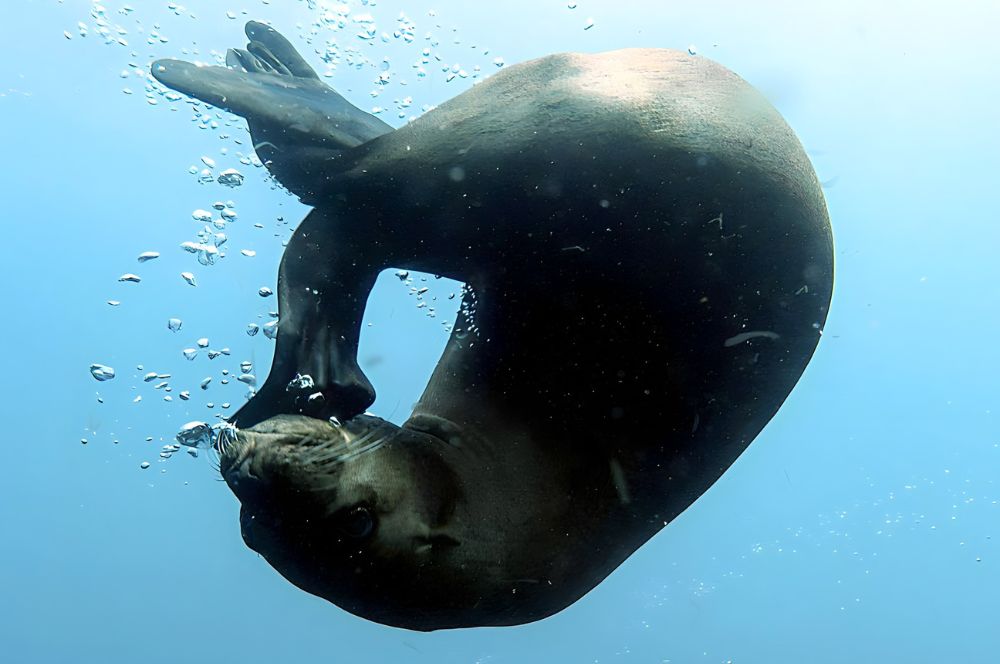
The seals at Martin Island are a favourite among scuba divers and underwater photographers alike. These curious creatures are known for their playful antics and their affinity for humans. To photograph seals, try to get close to them and capture their natural behaviours, such as swimming or playing with each other.
Seals are very curious and playful creatures, so they'll often come closer to you if you don't interact with them. Try staying still and observing their natural behaviour to capture some truly magical moments. You may even be lucky to witness some of their unique courtship rituals!
Look out for seals chasing each other around or playing tag in the water for more action-packed shots. This can be an exciting opportunity to capture dynamic images of these animals in motion. If you want to interact with the seals, keep your distance and move slowly – sudden movements can startle them and cause them to swim away quickly.
Finally, pay attention to composition when shooting seals – try different angles and focus on their unique features, such as their flippers or whiskers. Experiment with different shutter speeds and apertures settings for added depth of field in your images. By taking your time and experimenting with different techniques, you can capture stunning images of these remarkable creatures!
Pygmy pipehorses
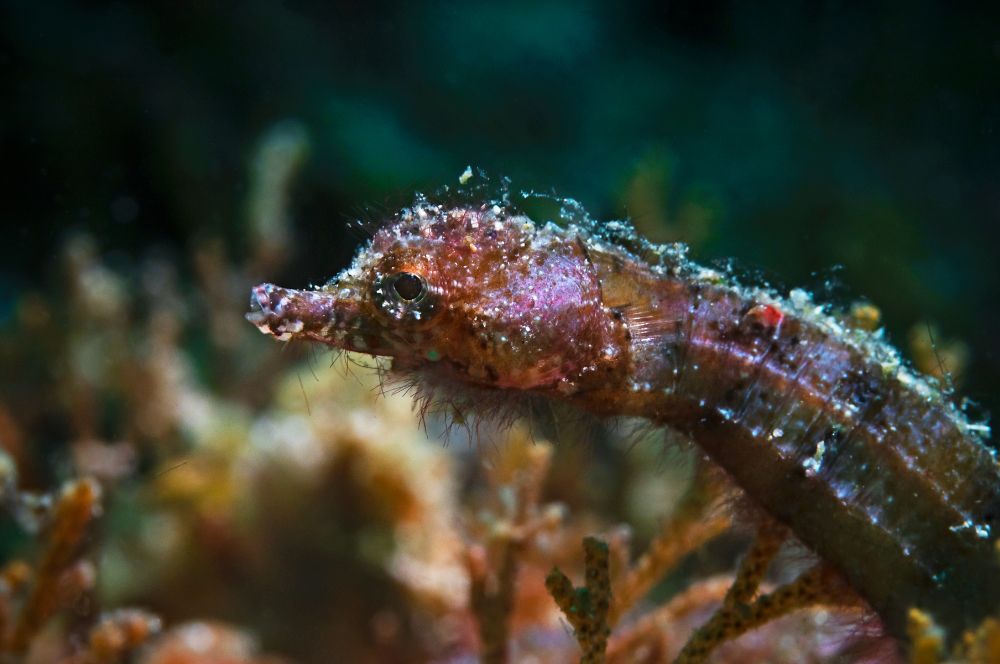
At Kamay Botany Bay National Park, divers and photographers often overlook the diminutive pygmy pipehorses as they explore The Steps. These little seahorse masters of disguise usually measure less than an inch in length and easily blend into their environment. To capture shots of these captivating creatures, you'll require a macro lens plus patience – discovering them amidst abundant seagrass can prove tricky! So be sure to bring along a steady hand for your adventure photographing pygmy pipehorses.
For Pygmy Pipehorses, try to approach them slowly and carefully. To get the best shots of these elusive creatures, use a macro lens and move in increments so you don't startle them. Position yourself near seagrass so that your subject is camouflaged against the background. When shooting, keep your shutter speed fast to freeze any sudden movements they may make, such as twitching their tails or rapidly changing direction.
Frogfish
Frogfish are another unique species found in Sydney's underwater world. These fish are known for their unusual appearance and their ability to blend in with their surroundings. To photograph frogfish, focus on their unique features, such as spiny fins and bulbous eyes. Look for them in areas with abundant sponges or coral.
Capture stunning photos of the frogfish by angling your camera or strobes to harness the natural light around you. Respectfully maintain a reasonable distance from them, as getting too close could frighten and cause them to flee away quickly, making it difficult for you to take quality pictures. For additional depth of field in your images, experiment with different shutter speeds and aperture settings – this will emphasize their captivating features, such as their spiny fins and bulbous eyes.
Wobbegong Sharks
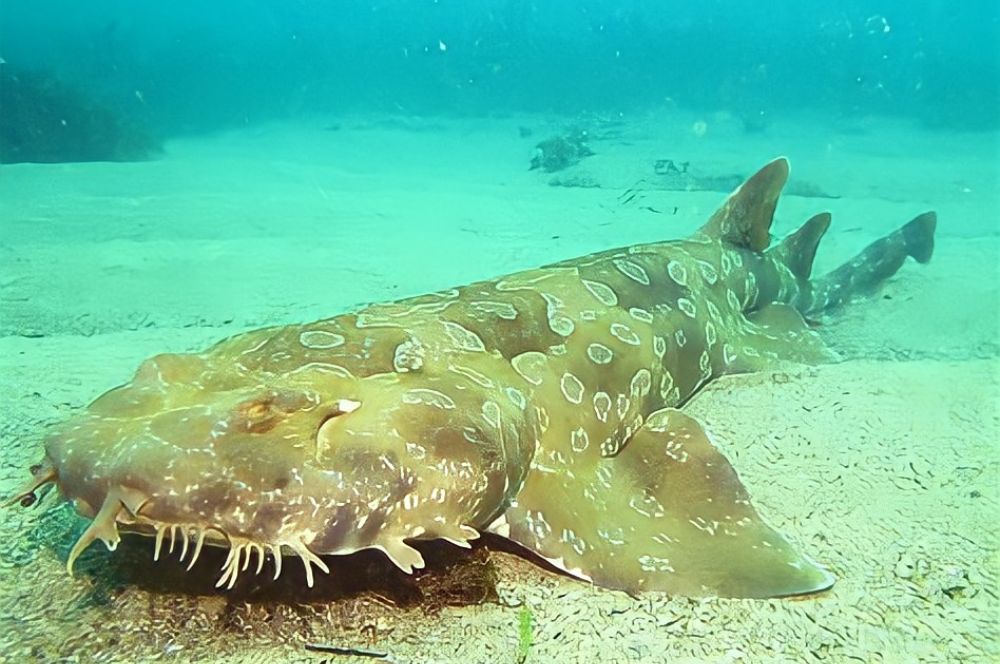
Wobbegong sharks are remarkable and unique carpet sharks due to their stealthy camouflage skills. It takes patience, attention to detail, and often multiple lenses to get the perfect shot of these oceanic beauties! If you're looking for unbeatable wobbegong spotting opportunities, Voo Doo in Sydney is your ideal destination. Whether it's day or night--you won't be disappointed with what this Voo Doo offers!
Illuminate the beauty of Wobbegong sharks by taking advantage of natural light when shooting your camera. Refrain from using a strobe, which may agitate the shark and lead to an unpleasant experience. Keep a respectful distance away not to startle or intimidate them – any sudden movements could cause them to bite! Test out various shutter speeds and aperture settings for increased depth in your images, emphasizing their camouflage features.
Octopus
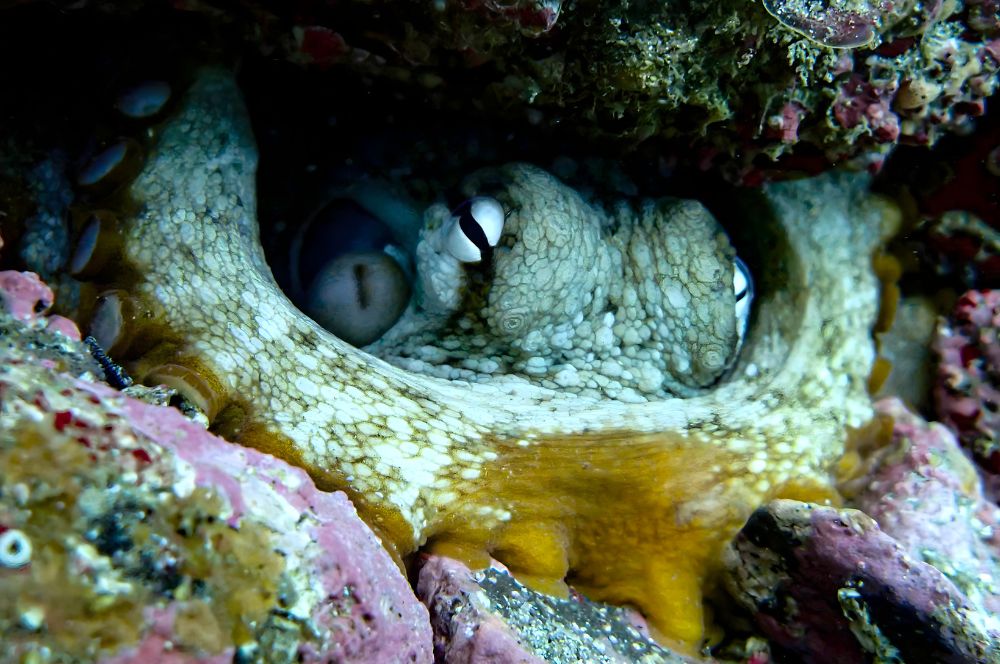
Octopuses inhabit the reefs of Sydney's waters, adding an interesting dynamic to any photo. These cephalopods are highly intelligent creatures with complex behaviours and patterns, making them ideal subjects for underwater photography. Capture their unique features, such as their colourful skin or their tentacles, for an artistic shot.
Moray eels
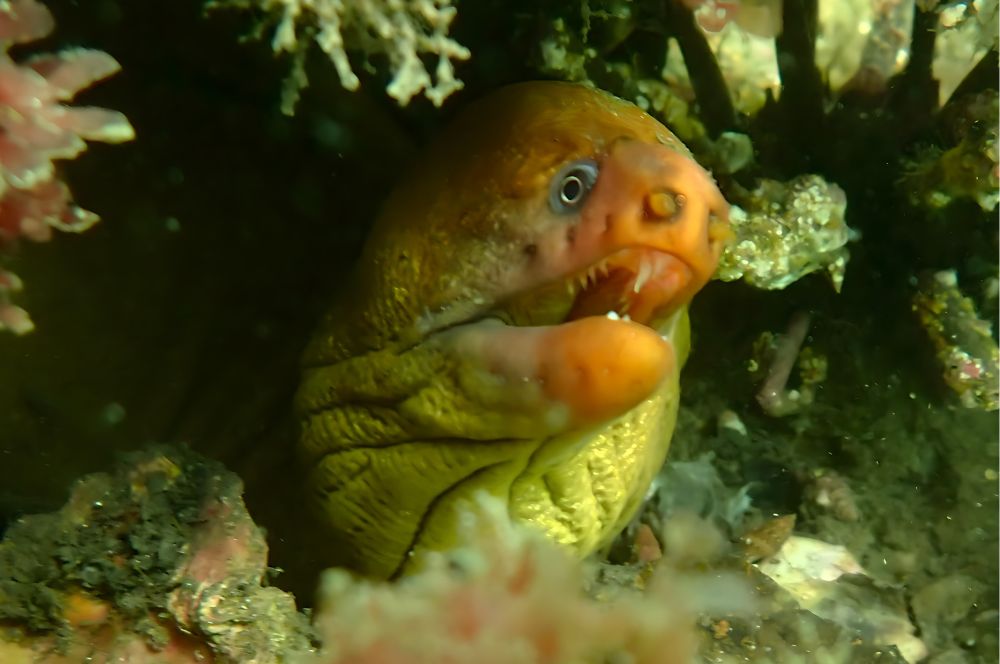
Moray eels are another common sight in Sydney's underwater world. These fish have long, snake-like bodies and sharp teeth that make them look intimidating, but they are actually quite shy and non-aggressive when approached slowly. Try using side lighting or backlighting with your strobes to bring out their colours and highlight their dramatic features.
No matter what type of marine life you photograph, it's important to take care when approaching wildlife in the wild. Give animals plenty of space an
Other Critters
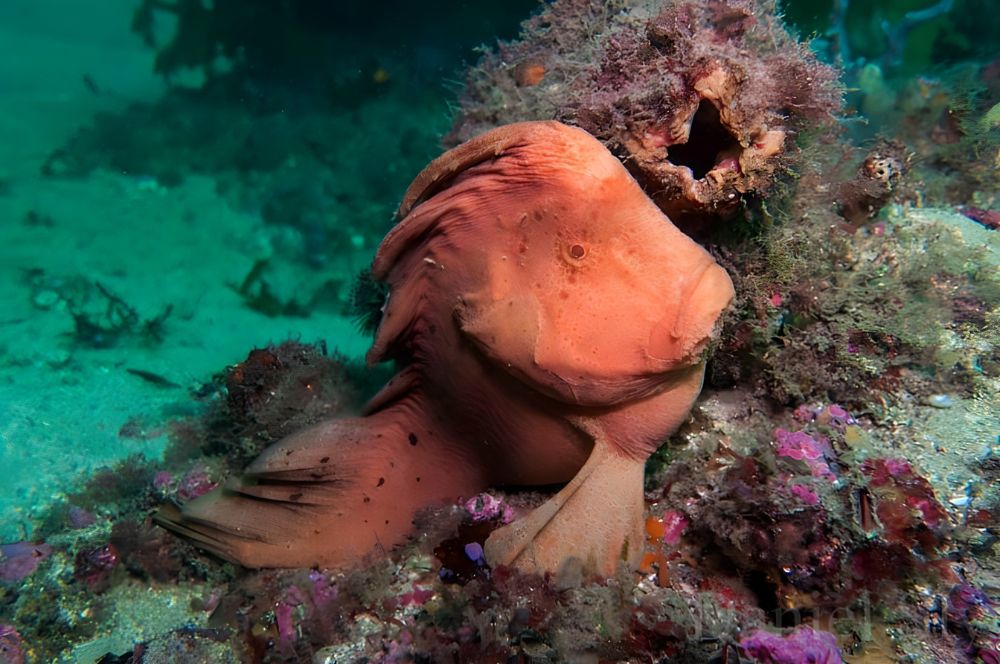
Sydney has abundant sea life, making it a photographer's paradise. From the majestic Dusky whalers at Shelly Beach to the vibrant red Indianfish found at Henry Head and sea stars in Chowder Bay, there are plenty of exciting creatures for underwater photographers to capture. Photographers can also take stunning shots of giant cuttlefish near Oak Park or snap unique photos of Ship Rock's topography - all just below the surface!
d never chase them – let them approach you if they choose to do so! With proper care and photographic techniques, you can capture stunning shots of Sydney's diverse marine life without causing any harm or distress to its inhabitants.
Conservation
To ensure that our underwater photography practices are responsible, we should strive to reduce its effects on marine life and their habitats. Scuba divers can join PADI's Aware programs and abide by responsible diving standards to safeguard the underwater habitat. Peak Performance Buoyancy from PADI is a highly advantageous course for aspiring photographers since it gives them buoyancy control abilities - an essential skill when taking photos underwater as it aids in avoiding destruction caused to sensitive aquatic creatures and habitats.
As a conscientious underwater photographer, it is paramount to do everything possible to safeguard marine life and its ecosystems. Here are several easy ways that you can reduce your impact:
- Avoid touching or disturbing marine life
- Do not feed or bait marine life for photography purposes
- Respect marine life's personal space and avoid getting too close
- Be mindful of your body position and your equipment to avoid damaging coral or other underwater structures
- Do not take anything from the ocean or the beach as a souvenir
- Participate in local conservation efforts and support organizations that protect marine life and their habitats
By following these simple tips, you can help ensure that future generations can continue to enjoy Sydney's underwater world.

Underwater photography in Sydney is an extraordinary and fulfilling experience. With the right gear, methods, and regard for marine life, you can take breathtaking photographs of some of nature's most gorgeous creatures. From grey nurse sharks to pygmy pipehorses - whatever subject you choose - don't forget to be a conscientious photographer so that we may preserve this undersea world together! Here's wishing you many happy (and safe!) shoots!
RELATED POSTS
-
Bucket List Marine Animals for Scuba…
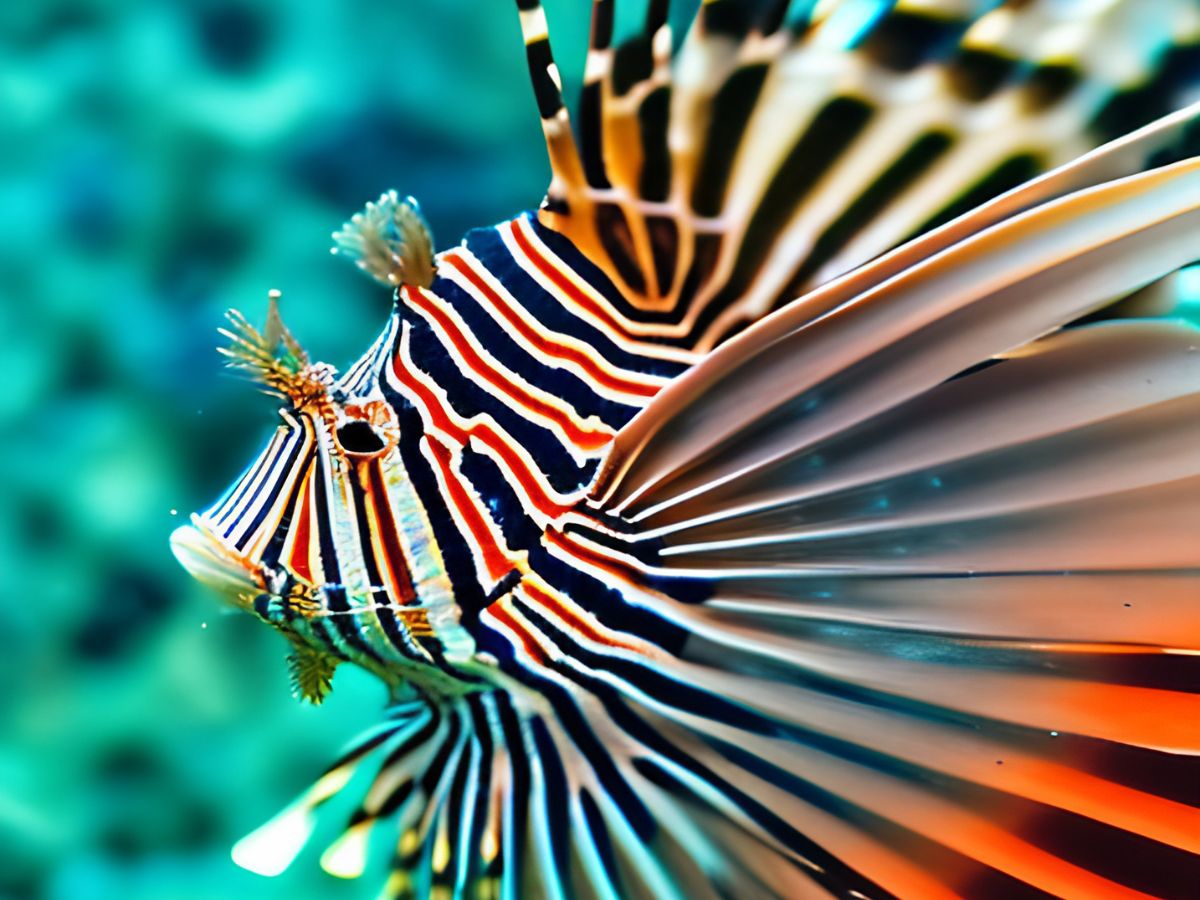
Bucket List Marine…
The top ten bucket list marine animals for scuba divers in Australia. Have you ever wanted to scuba dive […] -
Facts About the Grey Nurse Sharks
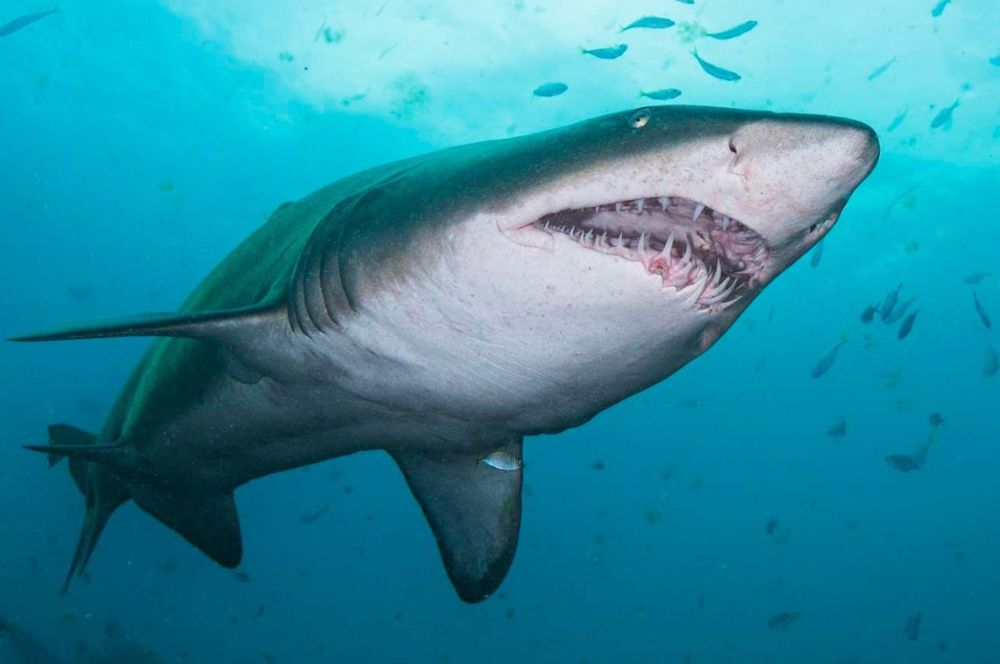
Facts About the Grey…
Facts About the Grey Nurse Sharks The grey nurse shark, with its distinctive rows of pointed teeth, is a […] -
Shark Diving Sydney | Abyss Scuba Diving
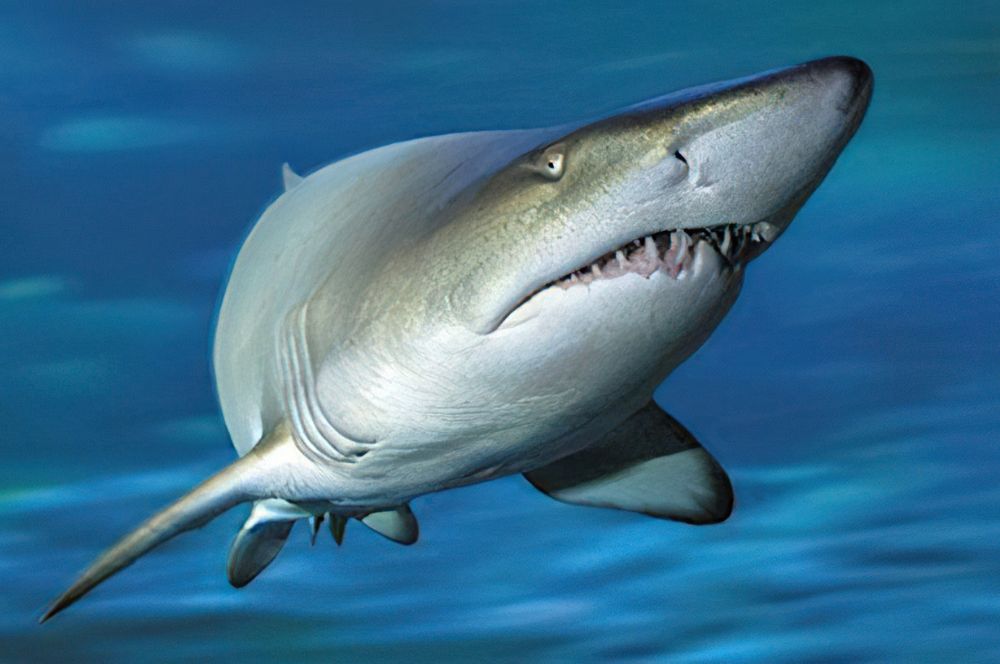
Shark Diving Sydney…
Shark Diving Sydney - An Exciting Adventure Sharks are amazing to observe in their natural habitat. Sharks […] -
Scuba Diving Sydney | The Ultimate…
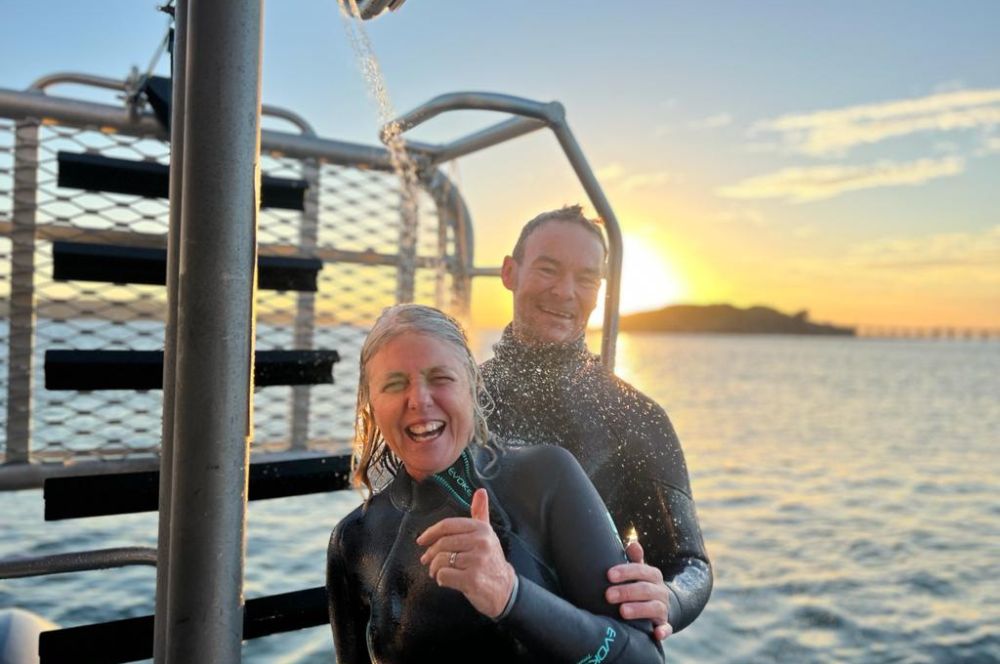
Scuba Diving Sydney…
Scuba Diving SydneyThe Ultimate Guide Looking to scuba dive in Sydney? You've come to the right place! Sydney […]
Recent Posts





